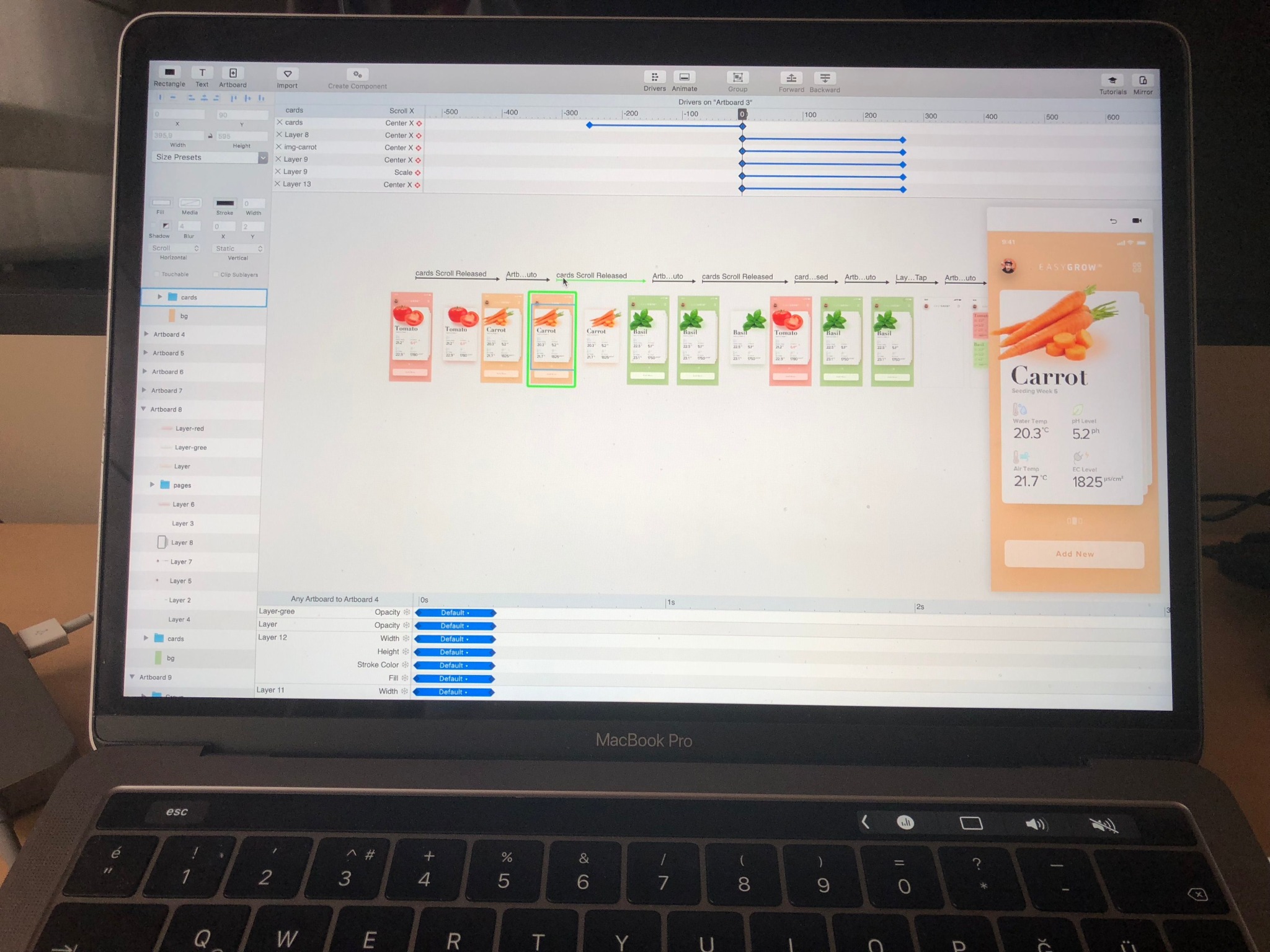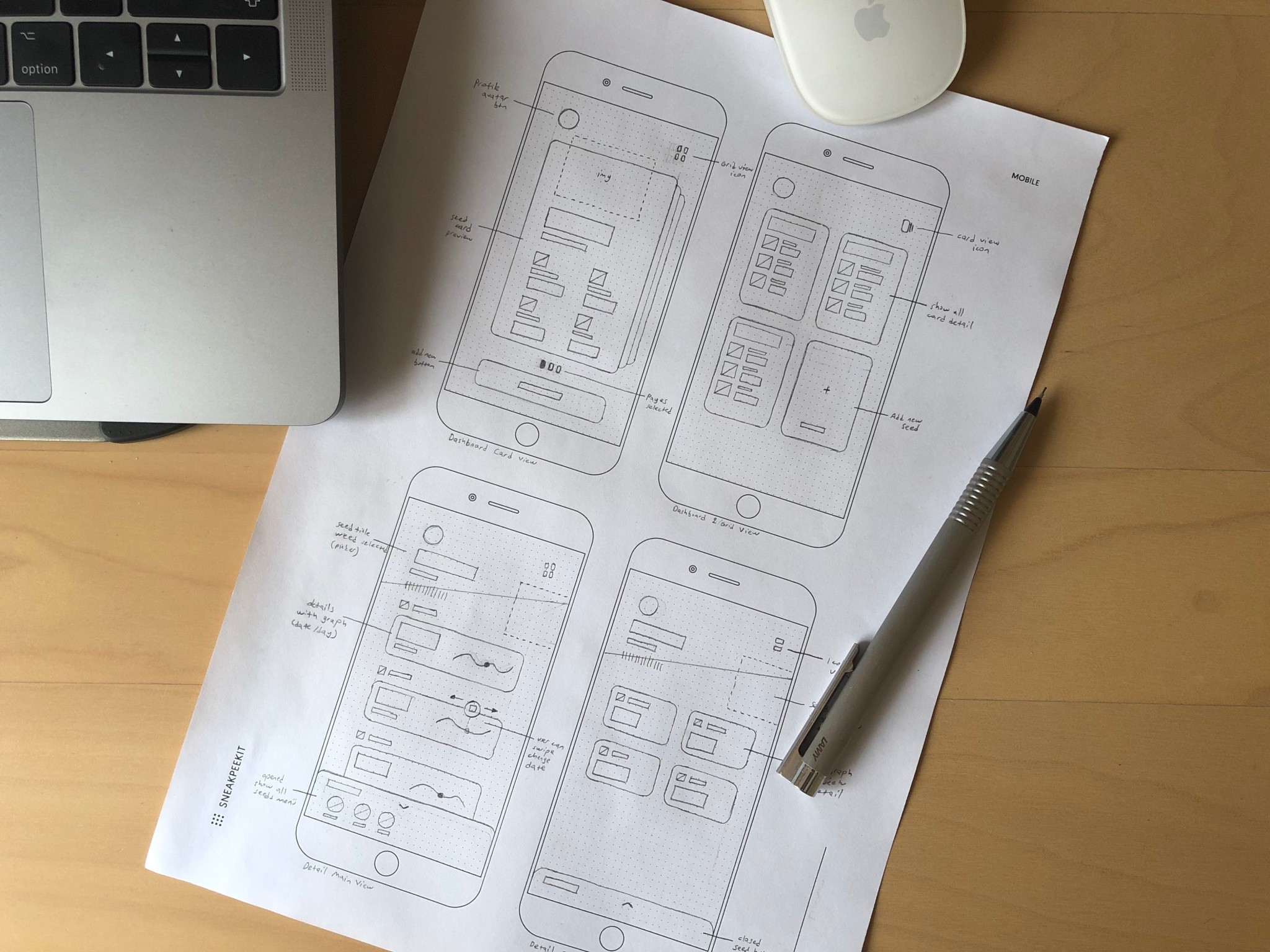In the design process, time is one of the most valuable resources—and often, much of it is lost in activities that don’t truly advance the project. One common pitfall is spending too much time trying to convince stakeholders or team members with static design images.
While these visuals can be useful, they often lack the depth needed to communicate how a design will actually function in a real environment. This is where prototyping becomes indispensable.


The foundation of any great design is the idea behind it. Without a solid, well-thought-out concept, no amount of design effort will produce effective results. A strong idea is the core that drives the design forward, giving it purpose and direction. However, the viability of an idea is difficult to gauge without testing it in a way that goes beyond static images or slides.
A working prototype, especially one created before moving into full development, provides clarity and confidence in the concept. Prototyping allows designers and stakeholders to experience the product more tangibly, observing how interactions, transitions, and animations will look and feel. This approach not only saves time by uncovering any flaws or gaps early on but also improves communication, as it shows rather than tells.
Static images often fall short in conveying the essence of a dynamic product. In contrast, a prototype brings life to the design, making it easier to communicate complex interactions to both clients and development teams. With a functional prototype, the need to explain nuanced details—like how a transition should animate or how elements should respond to user interactions—is greatly reduced. Instead, the design can be experienced directly, leaving little room for misinterpretation.
From my experience, Principle has been one of the most practical tools for rapid prototyping. It allows me to quickly build interactive prototypes that illustrate the flow and functionality of an idea, helping to bridge the gap between static visuals and the final product. By adopting this approach, I’ve found that not only is time saved, but the entire team is more aligned with a shared understanding of the design’s potential.
In sum, focusing on the idea and using prototyping effectively can help reduce unnecessary time loss in design projects. It brings clarity, improves team communication, and ultimately leads to a better product.
Stay pixel-perfect.
